Kintsuba is a popular traditional sweet enjoyed in Japan, and it’s commonly found in traditional Japanese sweet shops and at festivals. The combination of the sweet bean paste and the chewy outer layer makes it a delightful treat for those with a sweet tooth. It’s worth trying if you have the opportunity to taste traditional Japanese sweets.
What is Kintsuba?
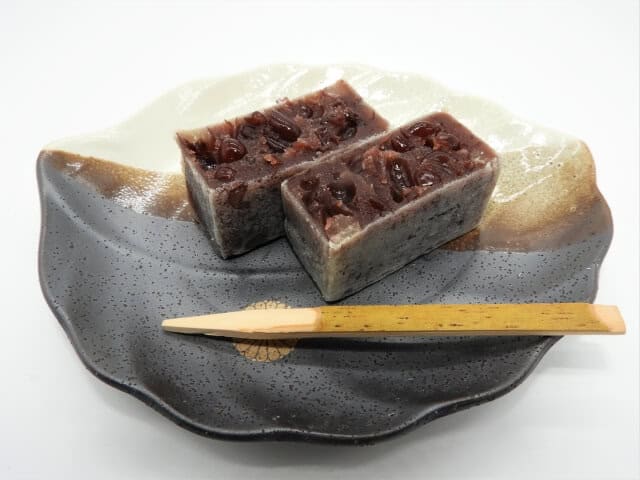
Kintsuba is a square Japanese sweet made with dough wrapped around bean paste and baked found in Toyama prefecture. It is a traditional Japanese sweet or confectionery. Typically made from a sweet bean paste, most commonly red bean paste (anko), although variations with other fillings such as white bean paste or sweet potato are also available. They wrapped the filling in a thin layer of sweet, chewy dough made from wheat flour and water. The dough is then typically grilled or pan-fried until it becomes slightly crispy on the outside while maintaining a soft and chewy texture on the inside.
Kintsuba History
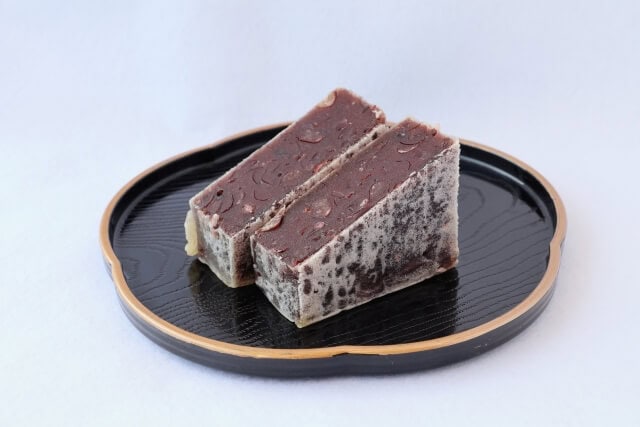
“Kintsuba” is a Japanese word that’s written using two kanji characters: “kin” and “tsuba.” In this context, “tsuba” refers to the guard of a sword. Kintsuba was first created in Kyoto during the mid-Edo period. Made by wrapping red bean paste in dough made from a type of flour called joshin flour and then baking it. Back then, it had a round shape instead of being square.
The sword guards at that time were often silver in color, so they were called “Gintsuba” because they were round and silver. However, when this sweet treat-making method made its way to Edo (now Tokyo), it got the name “Kintsuba” because locals believed that using gold (represented by “kin”) was more cost-effective than using silver. One important change was made during this time: the dough’s main ingredient switched from joshin flour to wheat flour.
About the Name
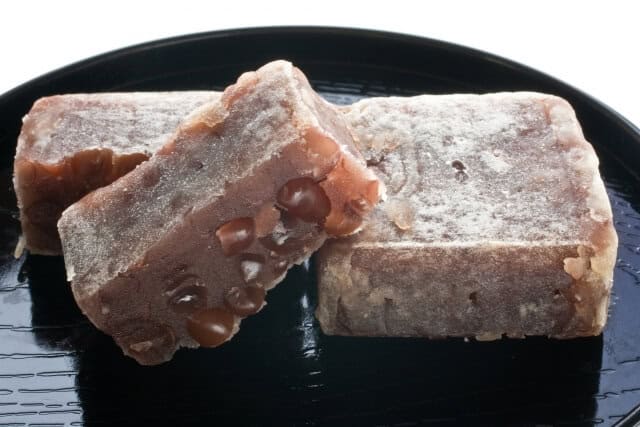
The name “Kintsuba” has an interesting origin story. Initially, its round shape resembled the guard of a sword, which led to the name “Gintsuba” since sword guards were often silver. However, locals saw gold as a symbol of higher quality and good luck. As a result, it earned the name “Kintsuba” to highlight its excellent quality and the positive associations with gold.
Main ingredients in Kintsuba
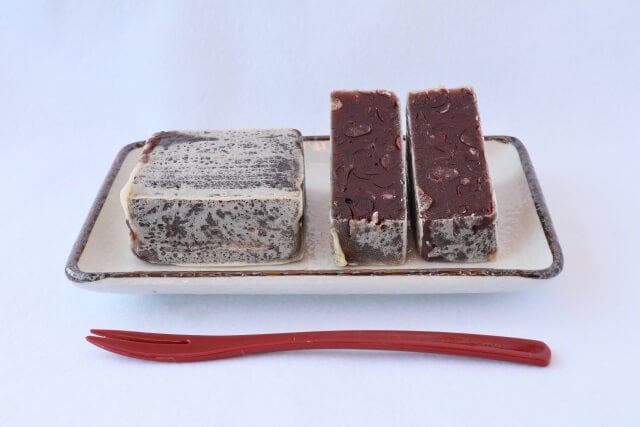
Kintsuba, a traditional Japanese sweet, primarily consists of key ingredients like red bean paste (Anko), made from sweetened azuki beans and available in chunky (Tsubuan) or smooth (Koshian) varieties. The dough is crafted from wheat flour and water, forming a chewy outer layer when wrapped around the red bean paste. Sugar sweetens both the paste and the dough, with variations based on personal preferences and regional influences. You can add a touch of salt to elevate the overall flavor, while additional ingredients like vanilla extract can enhance the taste in some recipes, collectively creating this beloved Japanese confection.
Other Japanese dishes that uses anko or red bean paste

Dorayaki
Dorayaki is a puffed food and Japanese confectionery that is usually made by sandwiching red bean paste between two slightly puffed disc-shaped castella-like dough pieces.
Taiyaki
Taiyaki is a fish-shaped waffle-like cake with red bean filling. Don’t worry, it doesn’t even taste like a fish. The red bean paste completes the entire experience. It is famous at street fairs and festivals in Japan.
Anpan
Anpan is a popular Japanese sweet bread filled with anko, a sweet red bean paste made from azuki beans. The bread dough of anpan is typically soft and slightly sweet, providing a nice contrast to the sweet and slightly chunky texture of the anko filling.
Anko mochi
Some people refer anko mochi as mochi wrapped with red bean pastes inside, while others refer it to a dish with red beans outside the mochi. With the combination of the red color from the red bean and the white color of the rice cake, it has a relatively plain and simple impression.
Kintsuba FAQ
- Is Kintsuba always filled with red bean paste, or are there other fillings available?
Kintsuba, a traditional Japanese sweet, primarily features red bean paste as its classic filling. However, there are numerous alternative fillings available, including white bean paste (shiroan), sweet potato paste (satsumaimo), chestnut paste (kurikinton), sesame paste (goma-an), fruit fillings like strawberries or blueberries, and matcha (green tea) flavored variations. These fillings provide a range of flavors and textures, allowing for diverse and seasonal interpretations of this beloved treat.
- Is Kintsuba associated with specific seasons or festivals?
Kintsuba, a traditional Japanese sweet, is enjoyed year-round but has special associations with specific seasons and festivals. It is a staple in Japanese sweet shops and confectioneries. During New Year’s (Oshogatsu), it can be part of the osechi ryori feast, symbolizing good luck.
Kintsuba Recipe
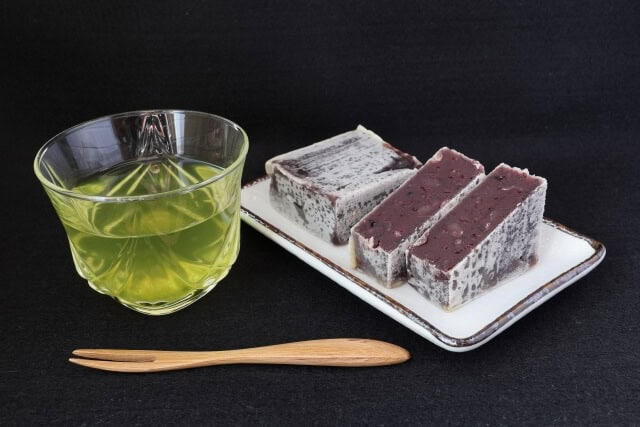
Kintsuba Ingredients
| Ingredients of Kintsuba for 8 persons | Measurements |
|---|---|
| Powdered agar | 3g |
| Red bean paste | 300g |
| Water | 100g |
| Cake flour | 50g |
| Shiratamako | 10g |
| Sugar | 10g |
| Water | 80g |
| Salad oil | 5g |
How to make Kintsuba?
Add water and agar powder to a pot and mix well. Heat over medium heat, and once it boils, reduce the heat to low and simmer for about 2 minutes.
Add red bean paste and sugar and mix well. Heat over low to medium heat until thickened.
Pour the boiled red bean paste into a vat lined with plastic wrap, remove the air, and let it harden at room temperature. Then, add shiratamako and water to a bowl and mix. Add sugar and flour and mix again.
Once hardened, take it out and cut off the ends. Cut into 8 equal parts. Heat a thin layer of oil in a frying pan over medium-low heat and fry with the batter side down. Once it’s baked, bake it in the same way on all sides.
Where to buy Kintsuba?
Eitaro Sohonpo (榮太樓總本鋪)
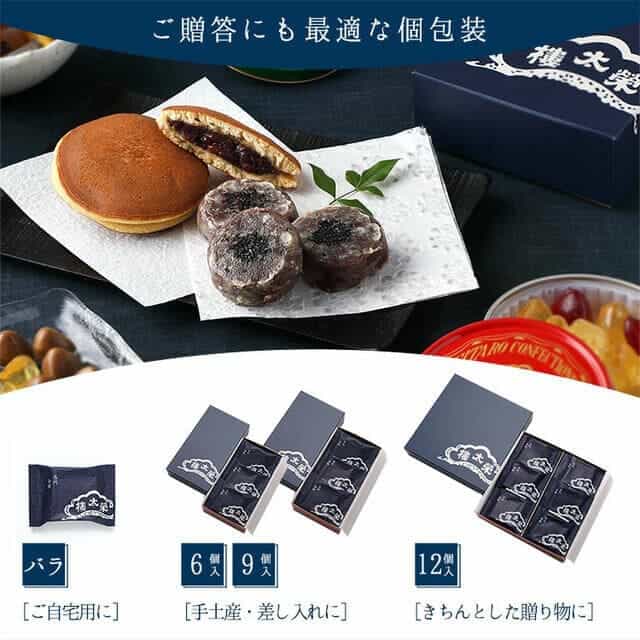
A long-established Japanese confectionery shop founded in 1818. Using a manufacturing method that has remained unchanged since the Edo period. A traditional taste passed down in Nihonbashi, Edo. In addition to the standard items, there are limited-time items that give you a seasonal feel.
Kintsuba Nakadaya (ãã‚“ã¤ã°ä¸ç”°å±‹)
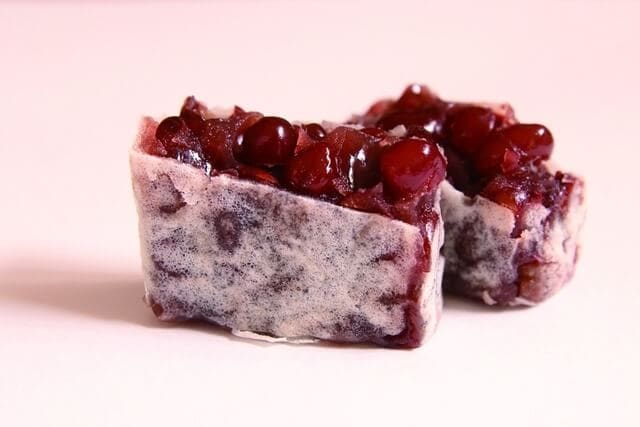
“Kintsuba Nakadaya†is a long-established Japanese sweets shop. Made using carefully selected ingredients such as the finest Dainagon adzuki beans purchased from contracted farmers in Hokkaido and Tamba agar made using traditional methods. The glossy bean paste wrapped in a thin batter has the perfect amount of salt to bring out the sweetness, making it a popular item that makes a great gift.
Mamezono (豆園(ã¾ã‚ãžã®)
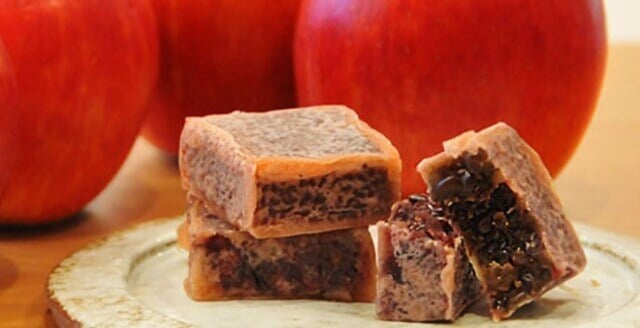
A specialty store with its main store in Ebisu. They offer a wide variety of innovative kintsuba that combines innovative ingredients such as azuki beans, chocolate, and coffee. Their Kintsuba uses Sudakito, also known as the king of sugar, to create an elegant and deep deliciousness.
Final Thoughts
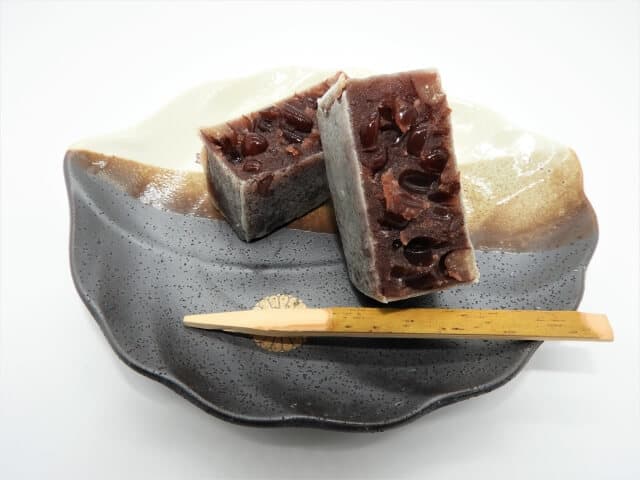
From its humble beginnings to its presence in festivals, tea ceremonies, and everyday life, Kintsuba embodies the essence of Japanese gastronomy. We hope that this exploration of Kintsuba has piqued your curiosity and offered you a delightful glimpse into the world of Japanese sweets, encouraging you to savor both its flavors and the stories they tell.
You can check some Japanese confectionery dishes that we know you would like to try too.



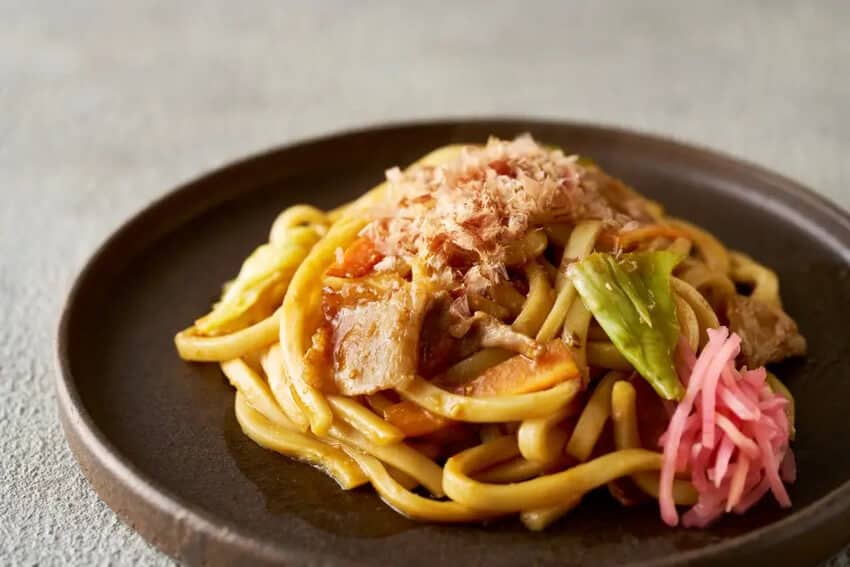
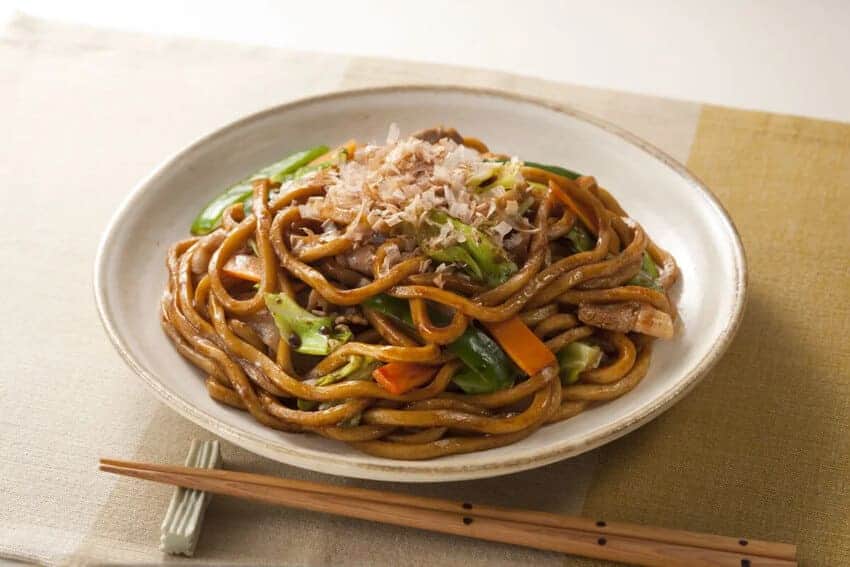

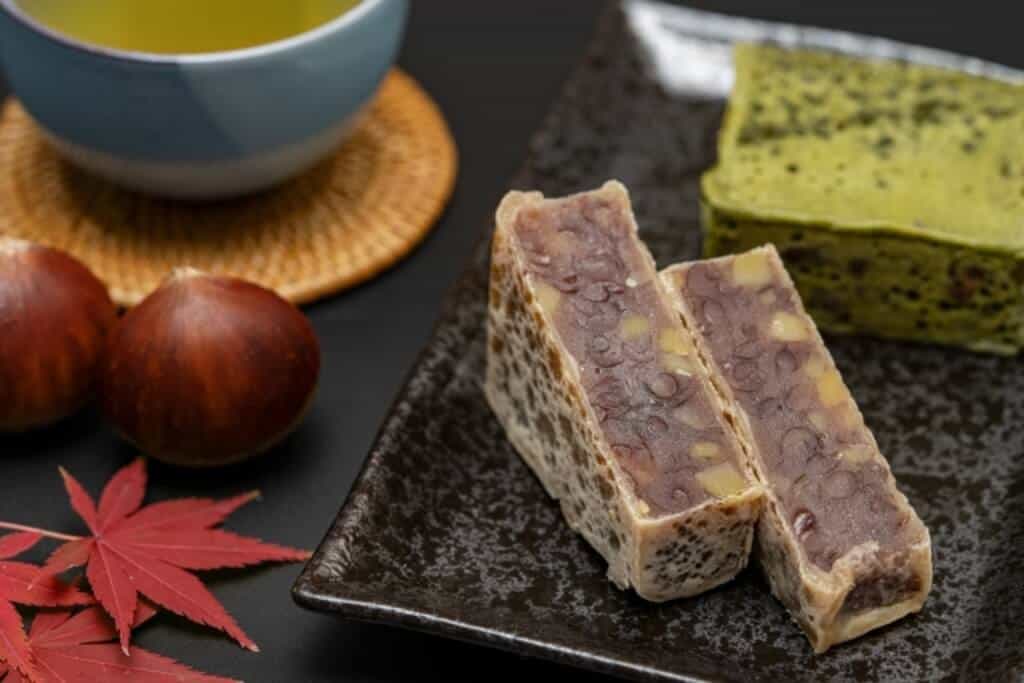
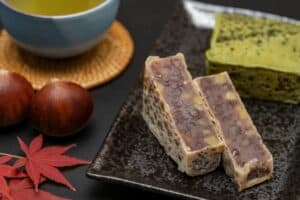
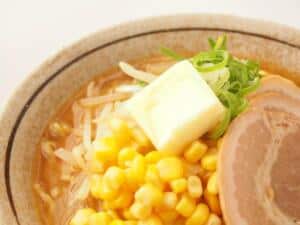
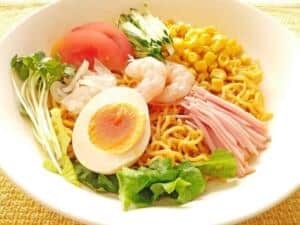
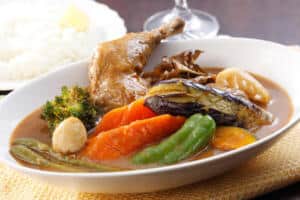
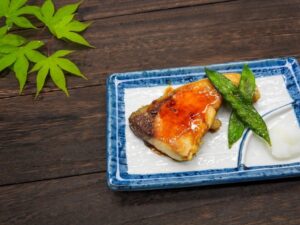
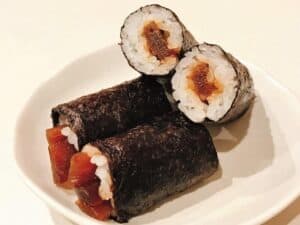
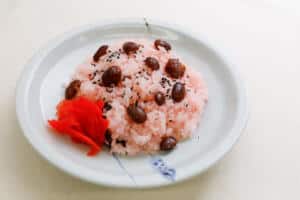
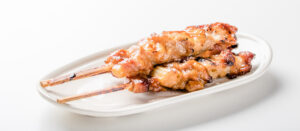
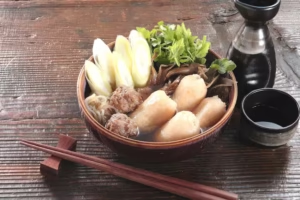
Comments